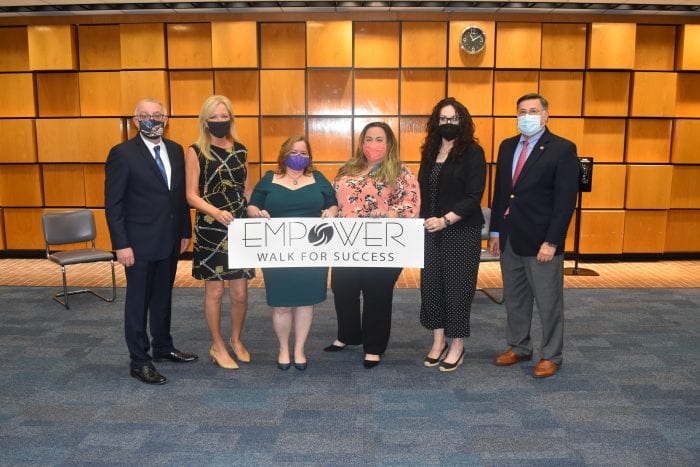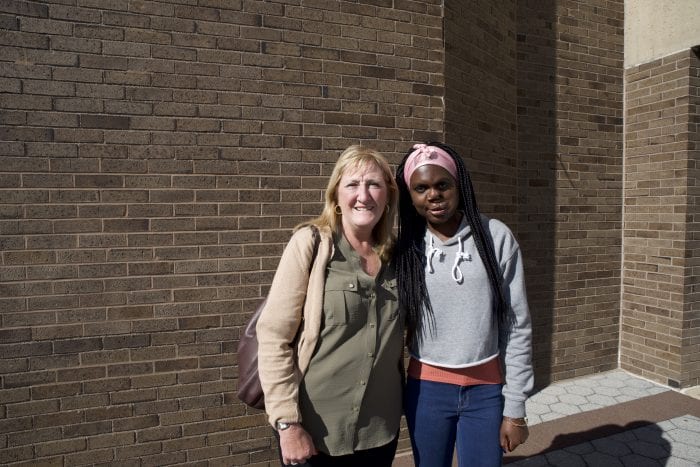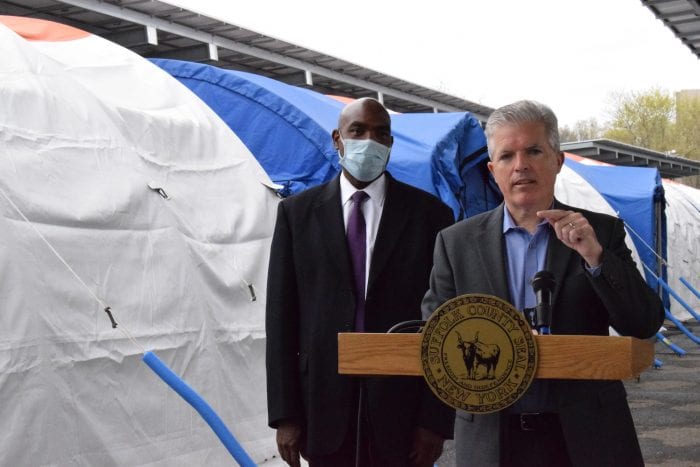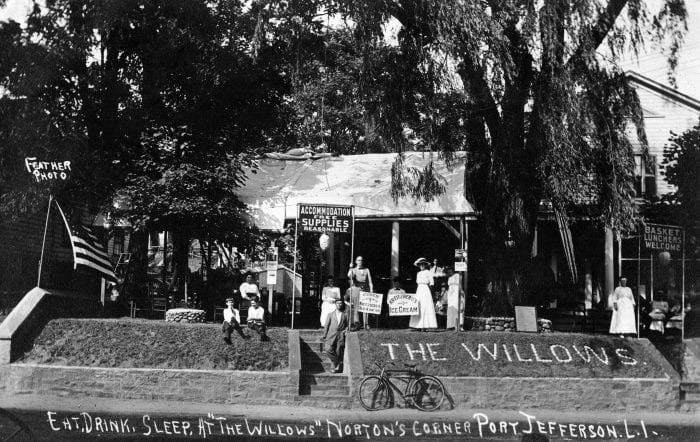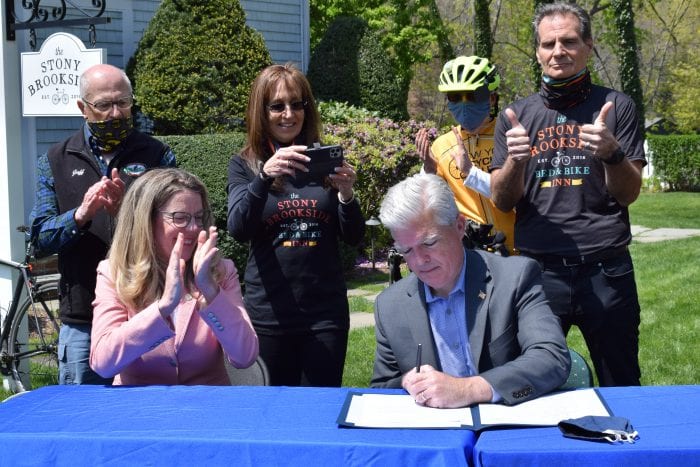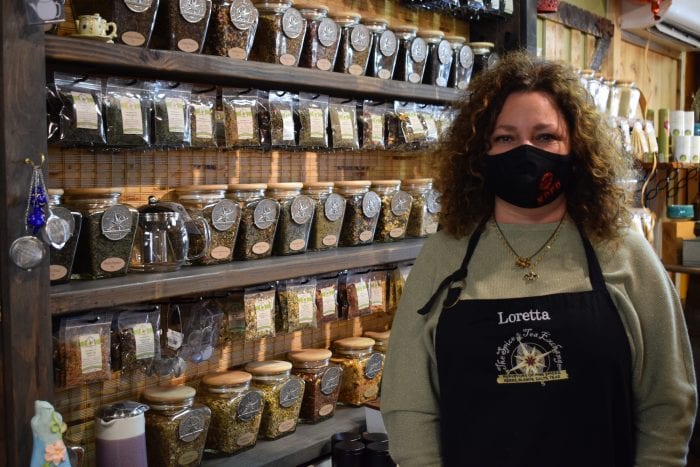Education prepares people for the future, helps them achieve their goals and increases their odds of living a life where they not only survive, but thrive.
As blues musician B.B. King is famously quoted as saying, “The beautiful thing about learning is that no one can take it away from you.”
President Joe Biden (D) gets that concept, and last week he asked Congress to enact legislation that would allow Americans to attend community colleges for free. Under the American Families Plan, $109 billion would be slated to make two years of community college free for all students. There would also be an $85 billion investment for expanding federal Pell Grants, which is awarded to undergraduate students who display financial need and have not earned a degree. This is one important way to help our young people who are unprepared for the workforce after high school.
For many, a community college has given them an advantage that they may not have had otherwise. From those whose grades were less than ideal in high school to those whose can’t afford to attend a four-year university or are undecided on what they want to do with their lives, a community college provides a stepping stone that is local and affordable for most.
Here at TBR all three of our current editors attended Suffolk County Community College, which in turn paved the way to making obtaining bachelor’s degrees at other institutions more manageable.
According to the website joebiden.com, approximately six out of 10 jobs require education beyond a high school diploma. To succeed in a world where the economy is globalized and technology driven, people are going to need more than 12 years of education.
The website also goes on to say that one can do a lot with an associate degree.
“Today in the United States there are an estimated 30 million quality jobs, with an average salary of $55,000, that don’t require a bachelor’s degree,” according to the site.
Free college tuition for community colleges would mean even more young people being able to achieve the American Dream. It can also keep college-aged students in the area, frequenting local stores, which stimulates the local economy. And in the long term, with less student debt to pay, it may increase the odds of people staying on Long Island and settling down.
Two years can make a difference and transform a life. Our sincere hope is that Congress will take this proposal from the president seriously.
At the same time, we hope a better look is taken at our current public school system in America. Even before the pandemic, American children were not receiving an equal education from state to state as many schools are funded through local taxes. The more affluent an area a person lives in, the better the education tends to be. Also, there is a need for more pre-K classes across the country to provide children a head start in learning, both academically and socially. Most of all, everybody should be required to complete 12th grade and not be able to drop out of school at 16.
The education system in the U.S. needs a lot of fine-tuning. Let’s start by providing high school graduates a chance to get the skills they need in today’s competitive world.






